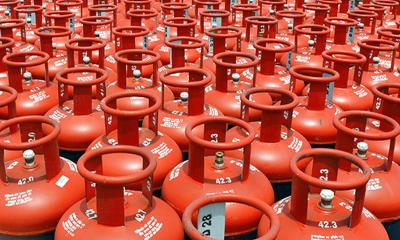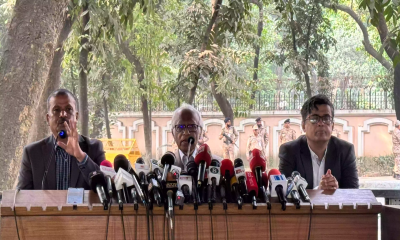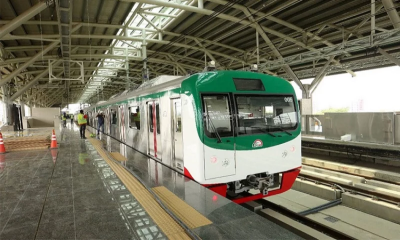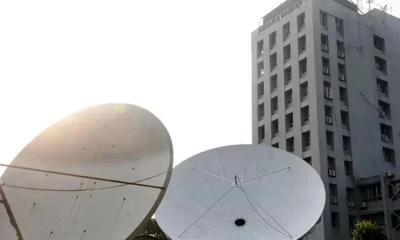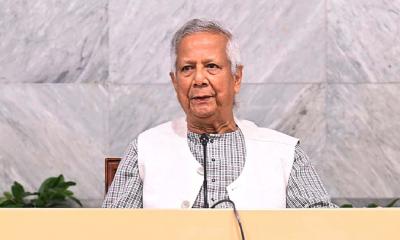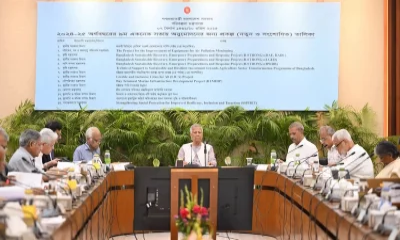As tensions escalate between Iran and Israel, military analysts and international security experts are increasingly highlighting the near-impenetrable defenses of Iran’s Fordow Fuel Enrichment Plant — a key component of Iran’s nuclear infrastructure.
Buried approximately 80 to 90 meters beneath a mountain near the holy city of Qom, Fordow is considered virtually unreachable by any aerial bomb currently in Israel’s arsenal.
According to defense assessments, even the most powerful bunker-buster bombs known to exist in Israel’s possession lack the capability to penetrate such depths.
Constructed in secrecy during the early 2000s, Fordow was originally part of what security experts describe as Iran’s “crash nuclear weapons program.”
Satellite imagery as early as 2004 revealed signs of the site’s development, with additional evidence suggesting the project’s initiation as far back as 2002.
The facility, concealed within five tunnels and protected by a wide security perimeter, was later disclosed to the world in 2009.
Fordow`s underground location was deliberately chosen to shield it from potential military strikes, particularly after threats against Iran’s Natanz nuclear plant.
Iran has since equipped Fordow with advanced defenses and ramped up uranium enrichment, now reportedly producing uranium enriched to 60% purity — just a step away from weapons-grade levels.
Recent reports suggest that Israel has attempted to target the facility, but no substantial damage has been inflicted.
According to experts, even the United States’ most advanced bunker-buster bomb, the GBU-57 Massive Ordnance Penetrator, would struggle to breach Fordow’s fortified layers.
Delivered only by US B-2 stealth bombers, these weapons remain out of Israel’s reach.
Israeli defense officials have acknowledged that destroying Fordow would require capabilities beyond Israel’s current military capacity.
While alternative strategies, such as targeting tunnel entrances and ventilation systems, may temporarily disrupt operations, completely disabling the facility would be extremely challenging.
Despite Fordow’s formidable defenses, analysts warn that it represents only one part of Iran’s broader nuclear network, which may include undisclosed centrifuge production sites elsewhere.
As the standoff continues, Fordow stands as a critical and seemingly untouchable pillar of Iran’s nuclear program, effectively insulated from direct Israeli military action.


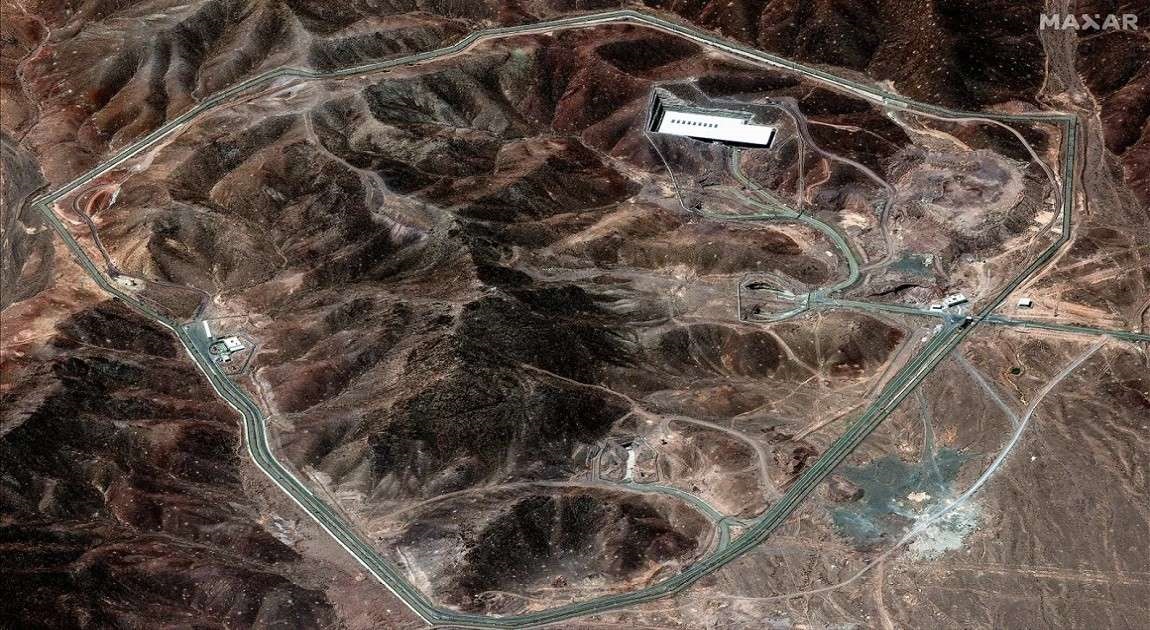

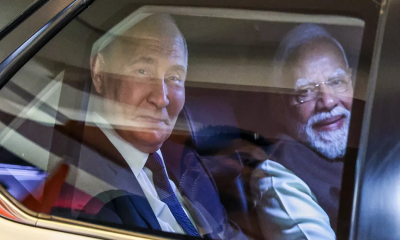
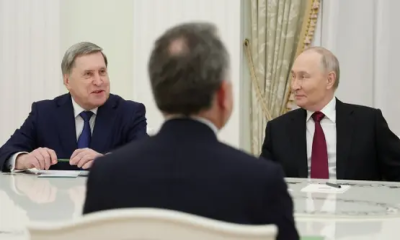
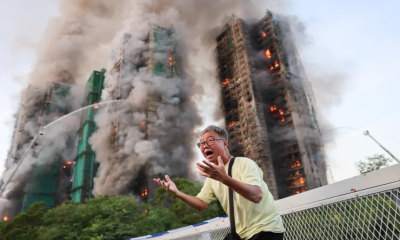
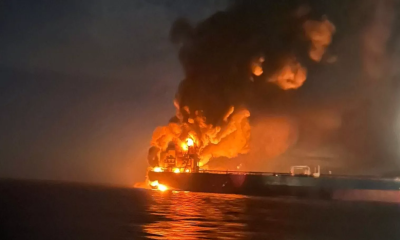

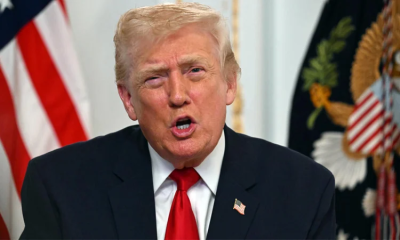
-20251207131533.jpg)


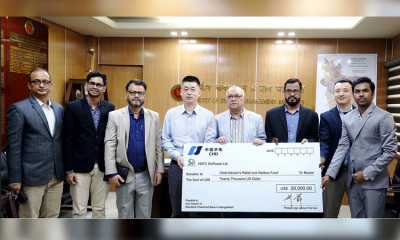
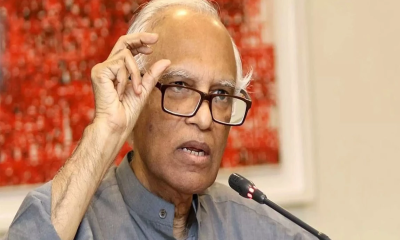
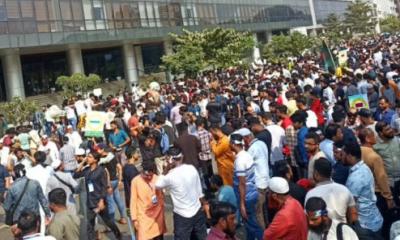
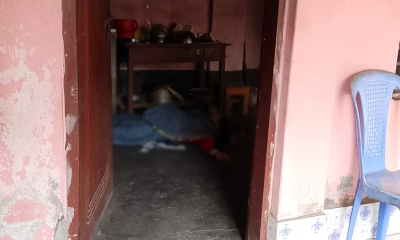
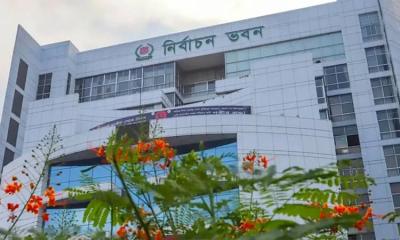



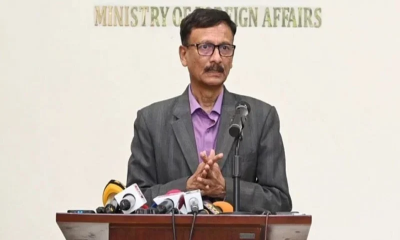
-20251206083331.jpeg)
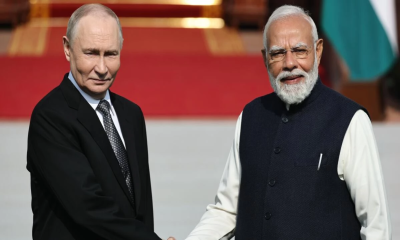
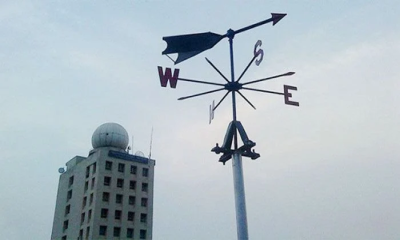

-(25)-20251122062715-20251202031751.jpeg)
-(25)-20251122062715-20251204041734.jpeg)


